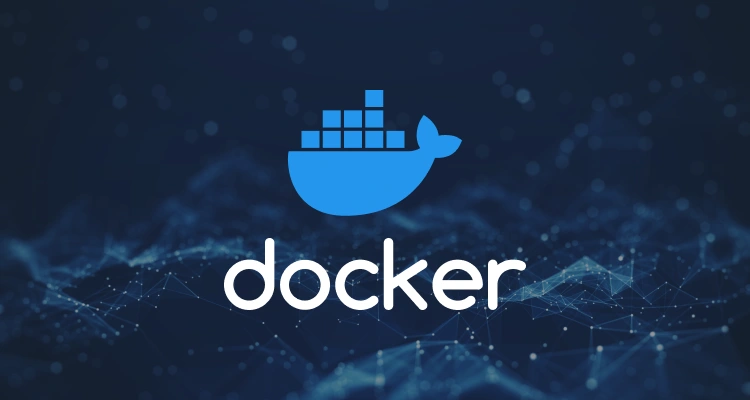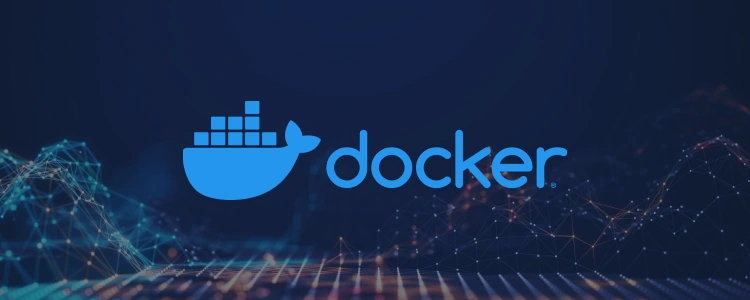What is Docker CE, and How is it Different from Other Versions?

We have taken a deep dive and explained Docker with three articles on our website. If you have not read them, we recommend you read up on What is a Docker Container, How to Use Docker, and How to Install Docker CE on Ubuntu. Now that we have gotten that out of the way, let’s talk about Docker Community Edition.
So, Docker has been spending a lot of money on making different editions of their product. However, this version is ideal for a small team, with a strong technical background, that is ready to crack things open. Docker’s continuous upgrades with other versions of the product are why we have the Community Edition now.
Let’s start by looking into the Docker Community Edition, how much value it brings to the firm as a whole, what it can do for a docker group of users and a small team of technical experts, and what it is worth in the software market We will look at the differences between Docker’s open-source product and its enterprise offering. Let’s dive in!

What is Docker CE?
There have been many versions of Docker, and we have even seen that users are beginning to upgrade Docker to the new Docker version, which is apparently pushing out the old version, like Docker EE, from the market. So what is Docker CE? According to Docker, this new edition has been renamed from Docker Engine to Docker Engine CE, which supports the community edition of Docker, as the name implies.
Docker is an open-source containerized platform launched back in 2013, which was rebranded to fit into the current shoes of the Docker EE version. There are two versions of the new Docker: the Edge and Stable. The stable version gets published quarterly with features, while the Edge version gets released monthly with additional features, security updates, and bug fixes to keep it current.
How is it Different from Other Versions?
As of the date of article publishing, Docker has just two editions: Docker CE and Docker EE. We have briefly mentioned why the CE version of docker was put into production in 2013. Now, how do these two versions of Docker help the dev community?
Docker CE is the Community Edition, while Docker EE is the Enterprise Edition. These two editions are very much alike in performance; however, Docker EE is mostly used in the dev community. We also know that Docker CE is best for Ubuntu.
Read more on How to Install Docker Engine on Ubuntu
Docker EE (renamed Docker Enterprise to Docker Desktop) is Docker’s commercial solution. It contains extra enterprise-oriented features, including enhanced administration and security capabilities and official Docker Inc. support. Docker EE is often linked with subscription-based license and support agreements for enterprises with more stringent needs.
Docker CE: Install Docker Engine
Let’s dive into installing Docker CE, also known as Docker Engine. Here’s a conversational and explanatory version of the steps:
- The first step is to update your system to have the latest and greatest. You can do this by running the command `sudo yum update`. It’s like giving your system a little tune-up.
- Docker Engine has a few dependencies that it needs to work its magic. Don’t worry, we’ll install them together. Just run `sudo yum install -y yum-utils device-mapper-persistent-data lvm2` and let the system take care of the rest. These dependencies are like the building blocks Docker needs to create and manage containers.
- Now it’s time to set up the Docker CE repository. Start by running `sudo yum-config-manager –add-repo https://download.docker.com/linux/centos/docker-ce.repo` to add the repository to your system. This repository will ensure you have access to the latest Docker packages.
- You now install the Docker Engine by running `sudo yum install -y docker-ce` for the installation process. Docker Engine will soon be up and running, ready to create and run containers for you.
- Docker is almost ready, but we need to start and enable the Docker service to ensure it automatically starts up when you boot your system. Execute `sudo systemctl start docker` to start the service, and then `sudo systemctl enable docker` to enable it for automatic startup. It’s like flipping the “on” switch and setting it to “auto.”
- Time to test your Docker setup! Run the command `sudo docker run hello-servermania` to see if Docker Engine works smoothly. It will pull a tiny “Hello ServerMania” container and run it. If you see a friendly message confirming its success, congratulations! Docker Engine is now up and running on your system.
Docker CE: Install Manually Using the RPM Package
Working with Docker CE is almost like using the usual Docker Engine process. Let’s get started:
- Update your system first with a docker command called `sudo yum update`. It’s like giving your system a refreshing makeover.
- Install those dependencies by typing `sudo yum install -y yum-utils device-mapper-persistent-data lvm2`. These are the dependencies that Docker needs to work its magic.
- Now, let’s find Docker a spot. Add the Docker CE repository with a docker command like `sudo yum-config-manager –add-repo https://download.docker.com/linux/centos/docker-ce.repo`.
- Install Docker CE with a confident `sudo yum install -y docker-ce` command. Docker will swoop in and make itself at home on your system.
- Start and enable the Docker service with a couple of commands: `sudo systemctl start docker` and `sudo systemctl enable docker`. Docker will be up and running, ready to use.
- Finally, let’s give Docker a little test drive. Run the command `sudo docker run hello-servermania`, and watch Docker impress you with a simple “Hello ServerMania” message.
Docker CE package: Known Issues
While Docker CE (Community Edition) is a robust containerization platform, users may experience a few recognized difficulties. Here are some of the most prevalent Docker CE issues:
Compatibility: Docker CE may be incompatible with some Linux distributions or kernel versions. Check the official Docker documentation for compatibility information and ensure your system fulfills the requirements.
Networking: Users may encounter network configuration challenges, connection issues between containers, or incompatibilities with current network configurations on the host system. To troubleshoot network-related issues, you should alter Docker’s networking settings or verify firewall setups.
Storage and Disk Usage: Docker containers and images can take up a lot of disk space. If not properly managed, the Docker can soon fill up the disk, producing storage availability difficulties. To free up disk space, users may need to clear out unneeded containers, images, and volumes regularly.
Performance: Docker CE performance can be influenced by variables such as container size, I/O activities, and resource allocation in certain instances. Users may encounter performance difficulties or delayed starting times, particularly when executing resource-intensive applications or utilizing certain storage drivers.
Security: While Docker offers container isolation, misconfigurations or vulnerabilities in container images can pose security threats. Following security best practices, updating Docker regularly, and utilizing trustworthy images from reputable sources is critical.
Conclusion
When deploying Docker CE, it’s advisable to ensure compatibility, follow best practices, and stay updated with the latest releases. Docker’s official documentation and community resources can provide valuable insights and solutions for troubleshooting.
Performance can also be a mixed bag. Docker might slow you down, depending on what you’re doing. Don’t forget about security by keeping your containers and images secure to avoid nasty surprises.
If you’re considering hosting options, ServerMania’s dedicated server hosting offers you full control and great performance, but it might come with a higher price tag. On the other hand, affordable cloud hosting is scalable, flexible, and budget-friendly.
Was this page helpful?

